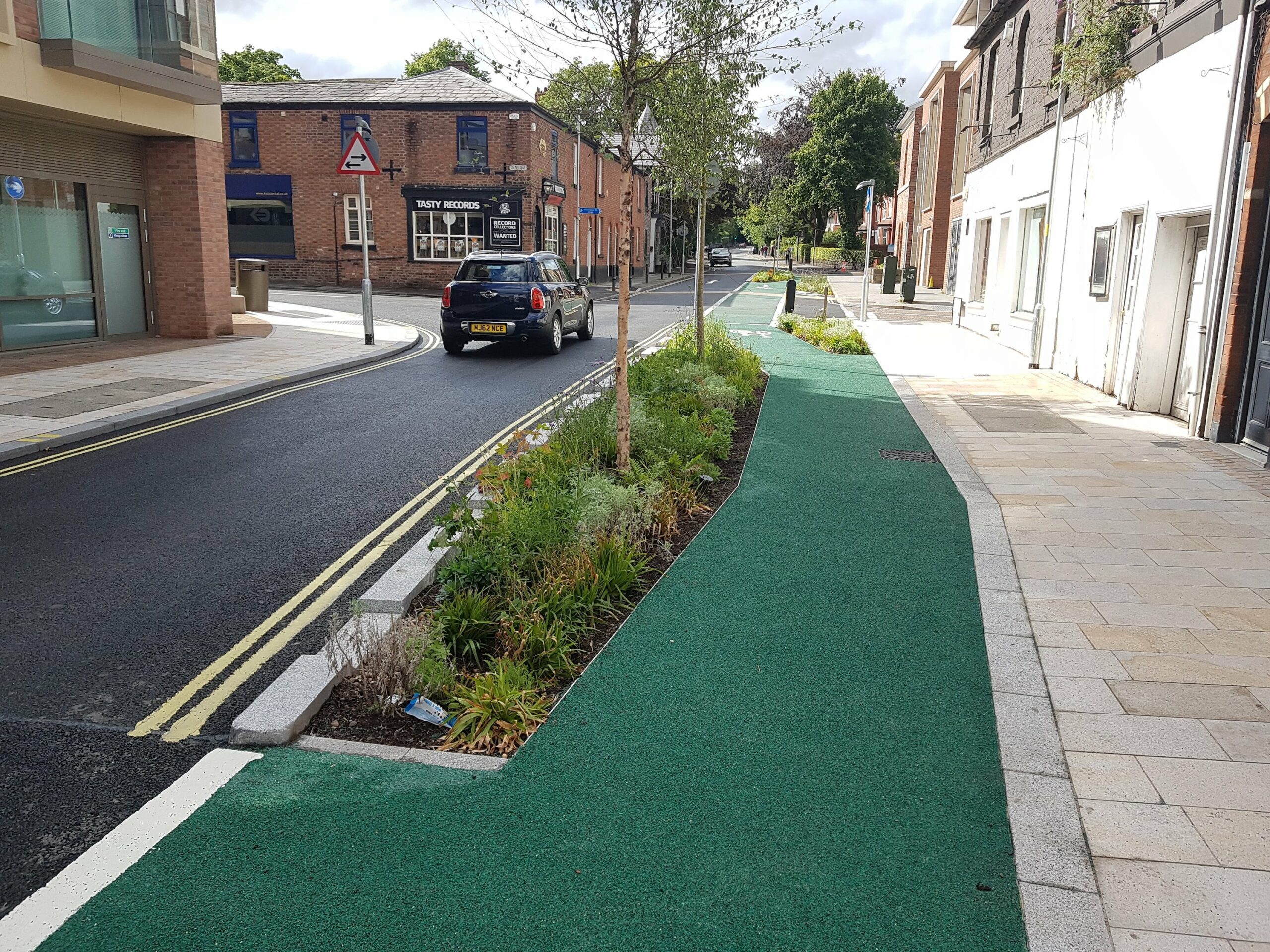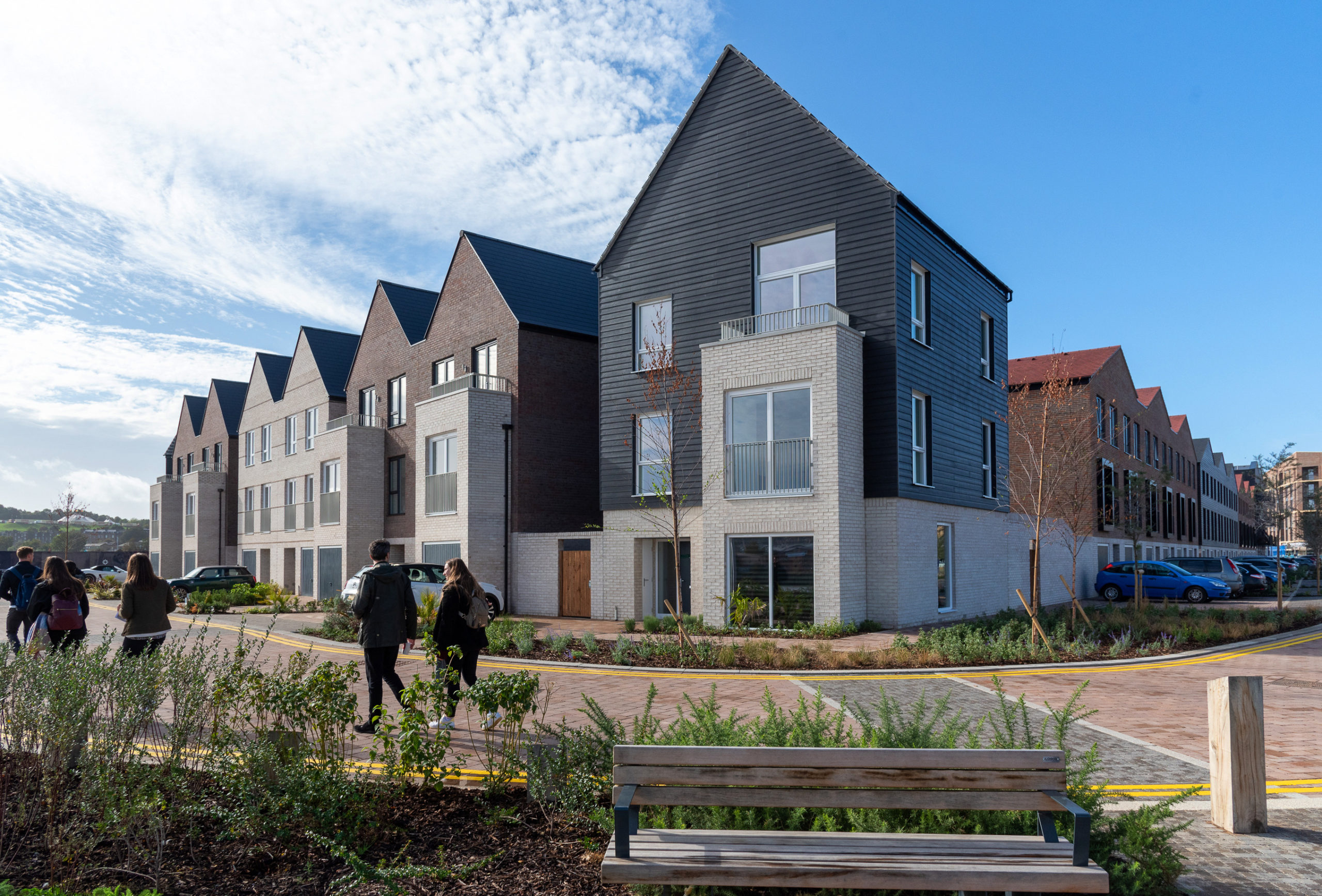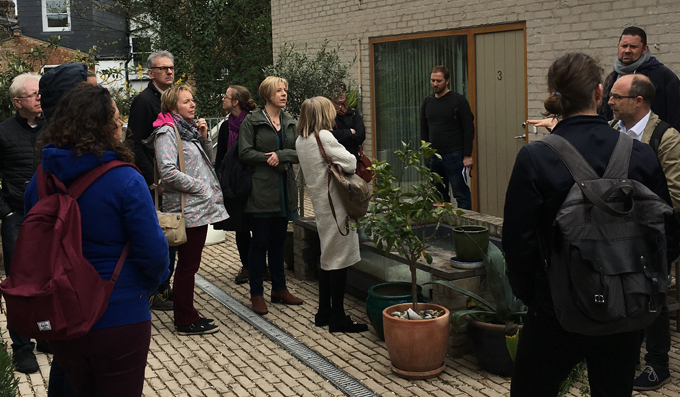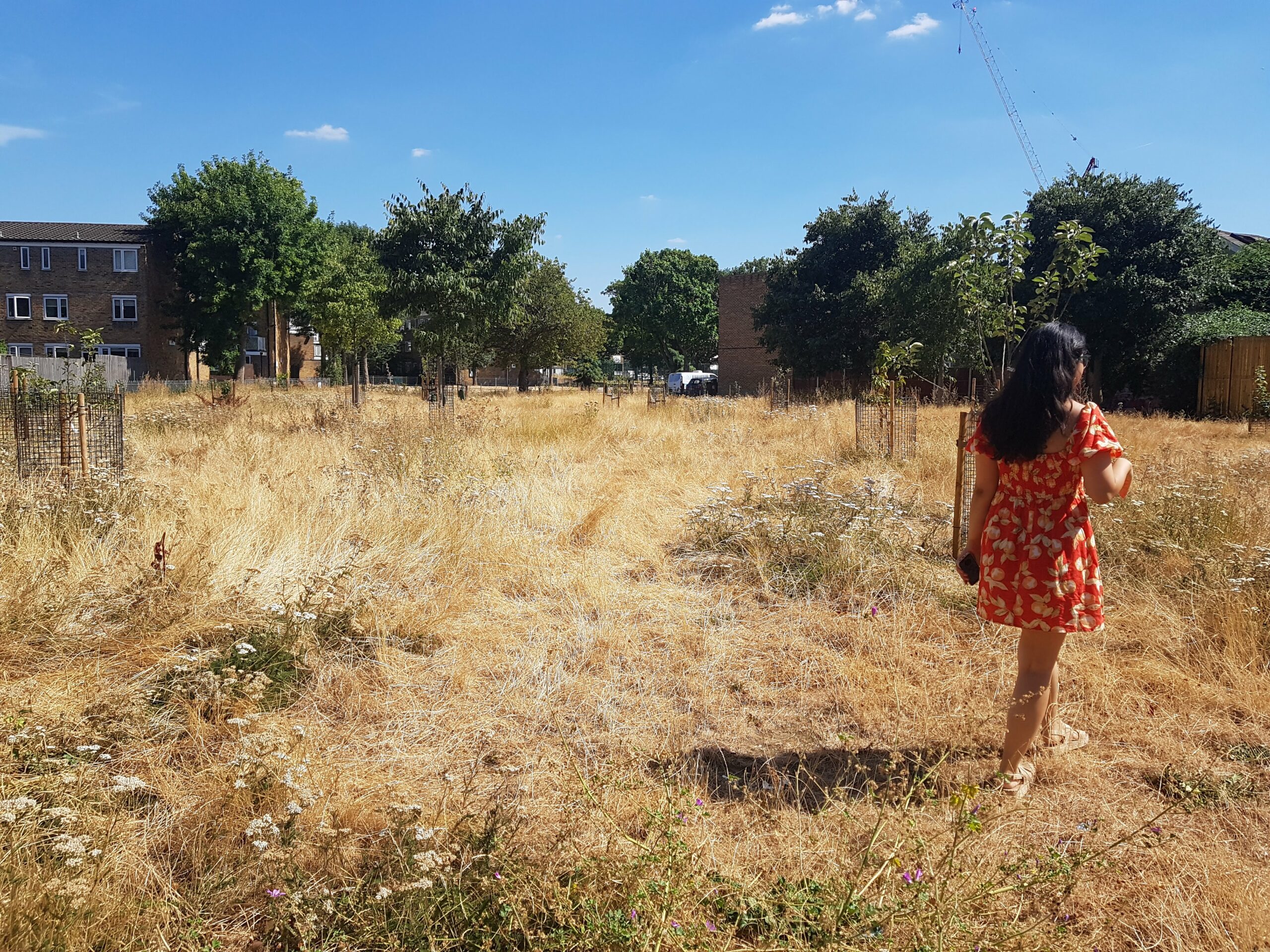Webinar: Street Design Best Practice
23 January 2024
Synopsis
Getting the street design right in new developments is essential for delivering sustainable, healthy and beautiful places. At a Kent design webinar on 23rd January 2024, Robin Buckle explored best practice principles for designing great streets. The presentation drew on his experience working across the south east to highlight what often goes wrong with street design in new developments and provide advice for designers, developers and local authorities for securing high quality design. Below are some of the key takeaways from the event.
Here are some of our key takeaways:
Streets may be the most important public space
Although we tend to associate streets with movement, in many places they are also the most important and well-used public space. Good streets not only accommodate active travel and vehicle movements, they can also offer opportunities for socialising, play and rest. However, to achieve this important placemaking function, streets need to be designed holistically as public spaces.
Great streets need an urban design approach
The dimensions and detailing of the street itself are only part of a best practice approach. Great streets are determined by the built form and landscape design too. Active frontages and overlooking onto the street are essential ingredients in creating attractive and safe spaces. A sense of enclosure is also important but will vary depending on the street’s function.
Primary streets may feature larger buildings set-back behind gardens or other defensible space, street trees, cycle lanes and landscape buffers. Smaller, more intimate, and local streets should be narrower with a greater sense of enclosure and smaller scale street greening. In these instances, vehicle speeds are kept slow by a combination of urban design measures and other users feel comfortable sharing the space with cars.
Another example of this urban design approach is in enhancing legibility. Once a well-connected street network is established, the use of marker buildings and landmarks in the townscape help people to find their way around.
Find opportunities for placemaking within a town or masterplan
When creating a masterplan or town centre strategy, opportunities for placemaking within streets can be found throughout. For instance, mews streets and quiet residential lanes can be paces for socialising and informal play. On busy main streets, landscaping and street furniture can create protected spaces for people to sit and rest in the shade of a tree. These ‘moments’ within the street network encourage people to walk instead of driving, encourage social interaction and contribute to a sense of place.
Leverage best practice case studies
During the presentation, Robin backed up his points with reference to best practice case studies. Some developments that are worth studying and retaining for reference are:
- Great Kneighton, Cambridge
- Horstead Park, Medway
- Poundbury, Dorchester
- The Avenue, Saffron Waldon
The following organisations attended the webinar:
Ashford Borough Council / Assael Architecture Ltd / Barratt Homes / Bidwells / Boyle & Summers / BPTW / Canterbury City Council / Civic Engineers / Clague Architects / Dartford Borough Council / Dover District Council / Duchy of Cornwall / Ebbsfleet Development Corporation / EDLA Ltd / Elivia Homes Eastern / Fletcher Priest Architects / Folkestone & Hythe District Council / Maidstone Borough Council / Medway Council / Offset Architects / On Architecture Ltd / Phil Jones Associates Ltd / Redrow Homes South East / Sevenoaks District Council / Tunbridge Wells Borough Council / West Kent Housing Association / Weston Homes Plc.





